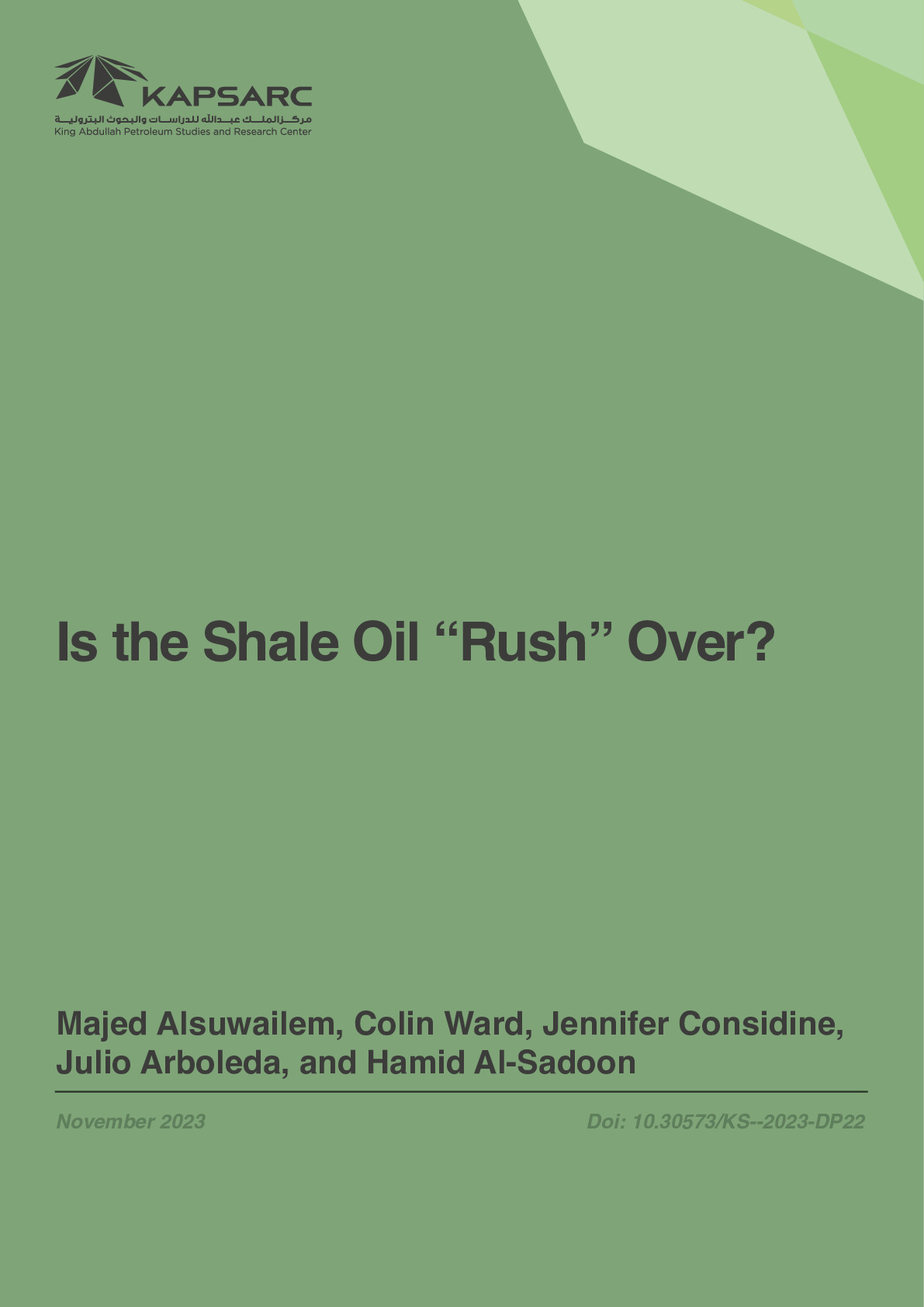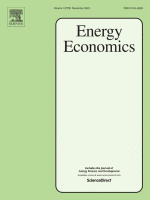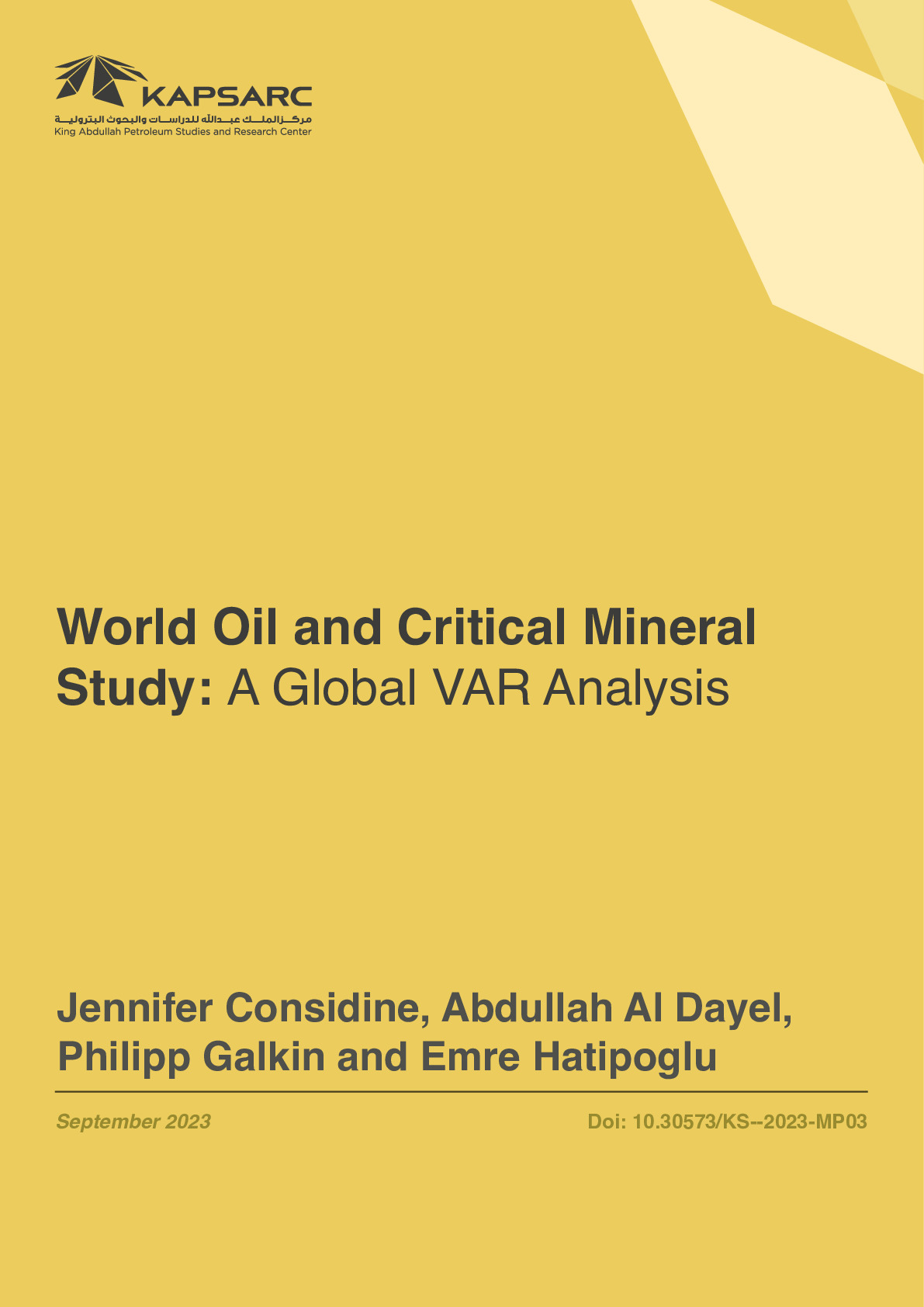Understanding the relationship between crude oil prices and inventory levels is critical for policymakers and economic actors. The size of the ‘basis,’ or spread between spot and futures prices, reflects the level of inventories and can trigger arbitrage trading. The basis also reflects broader underlying market conditions and can be useful to policymakers such as the International Energy Agency and OPEC attempting to monitor and stabilize world oil markets.

Visiting Senior Research Fellow
Dr. Considine is an Honorary Senior Research Fellow at the CEPMLP in Scotland, where she has developed courses and seminars…
Dr. Considine is an Honorary Senior Research Fellow at the CEPMLP in Scotland, where she has developed courses and seminars on various topics related to the energy industry. She has published a book and several papers on energy politics, world oil market projections, and the Russian oil economy and its future role in the global energy market. She has also consulted for several energy companies and organizations, such as Coastal Corp. Ecopetrol, ANR Pipeline Company, Husky Energy, Pieridae Energy, and the University of Texas at Austin School of Law. She is passionate about advancing knowledge and understanding of the energy sector and its complex dynamics. Dr. Considine holds a Ph.D. in Economics from the University of Aberdeen and a master’s degree in Economics from the University of Chicago.
Expertise
- World oil and inventories
- Commodity trading and technology
- Russian oil industry
- Econometrics options pricing
- Commercial strategies
Publications See all Jennifer Considine’s publications

Is the Shale Oil Rush Over?
Understanding the relationship between crude oil prices and inventory levels is critical for policymakers and…
20th November 2023
The Effects of a Shock to Critical Minerals Prices on the World Oil Price and Inflation
Understanding the relationship between crude oil prices and inventory levels is critical for policymakers and…
1st November 2023



